I want to simulate a temperature PT100 sensor using arduino. What I did till now is on that draw that I attach here. The components were determined by experiments so I guess if there can be some calculations maybe it will improve.
I have a device that reads a PT 100 sensor and if instead the sensor (2 wires model) I wire my device I am able to simulate different temperatures and also I am able to make some sort of calibrations means for example at pwm 163 I get 100 degrees on the device.
My problem is that at some point in time that temperature varies without touching anything. Also there were cases like from a day to another to measure some different temperatures with same setup.
Any idea or hint will be much appreciated


